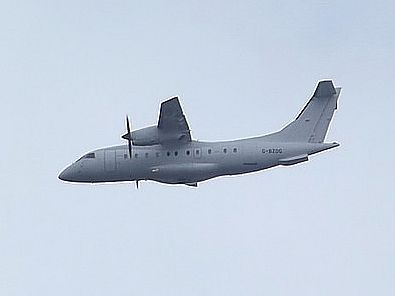danny f wrote:Thanks for the replies guys, i find it a bit strange that 182 people can look at the post but don't want to give me any sort of feedback.
I use a Fujifilm Finepix S2980, the pick with all the details is here
https://www.flickr.com/photos/104534575 ... 613835605/
Cheers
Danny
hi Danny , I've been looking at the camera spec and a bridge camera of that type should be capable of good quality photos.
re Trevor's comments, have you edited the pics at all or simply uploaded them as taken? His points about being to one side would easily be corrected by cropping them so question is, did you get any editing software with the camera? if so then experiment with cropping to get the subject central to the image, that will be a great start - panning on a moving subject needs practice (I still cant get it right after many years) and more often than not the subject will not be perfectly central on the image so by cropping that is easily corrected. One thing which is often debated is how much space you should allow round the subject, some say with a flying aircraft leave a bit of space in front of it to fly into, others say crop it tighter - that's personal preference and you could do worse than have a look at other photos posted here to decide which you think looks better.
The editing sofware can usually also be used to adjust light, colour strength, contrast and sharpness etc but I (personally) think they need to be used in moderation so dont try to do too much with them, just a little at first and practice and practice.
Those last 3 words are key to improving your techniques and thus your results. I take my camera almost everywhere and click away constantly (much to my wife's annoyance) and probably dump 95% of what i take but I learn from the 5% that are any good and check the settings that I used to see what worked (you should be able to do that by right clicking on the photo and selecting 'info' or 'properties').
I go to my local airfields (Stansted & Andrewsfield) regularly and take loads of pics just to practice and I still make the same mistakes - but less often. It's great for practicing panning in particular and working out which angles look nice and which dont. My biggest problem is trying to take far to distant photos, at the average airshow or even stansted, something is approaching in the distance and I want to try to get a head-on ish shot but I nearly always start shooting before it's within reasonable range of my camera and loads of useless pics fill my memory card only to be dumped later! The lesson there is to know the limitations of your camera (and in my case lenses) and that will come with practice.
Your camera has an auto mode and various selectable modes and each is suitable for different subjects, the moving shots have a bit of blur in them so maybe try using the speed setting at around 500th - 800th to overcome that , some say use the aperture setting on moving aircraft but personally I go for the speed one, everyone has their opinions on what is better.
You've shown you are more than capable of good shots with the helimed ones so I really think that the key to all round good results is practice and knowing your camera (which to some extent comes with practice) and when you see a photo on here or elsewhere which you like just work out WHY it looks good, is it the light or the angle or the general set up of the shot, it's easy to learn from others (and it's free!).
finally i've taken the liberty of playing with one of your photos a bit - no.5 in your set, just cropped it, lightened it (a white aircraft on a dull day is nearly always going to be difficult to get a good shot of, i'm afraid) and sharpened it a bit (probably a bit too much as it now has a bit of a white edge) - what do you think :
edited a bit:

and the original for comparison:
 14-5-14 002
14-5-14 002 by
dead-eye-dan, on Flickr
hope I've been useful with my comments and haven't disheartened you, have fun practicing
Andy
 df 078 by dead-eye-dan, on Flickr
df 078 by dead-eye-dan, on Flickr df 074 by dead-eye-dan, on Flickr
df 074 by dead-eye-dan, on Flickr df 086 by dead-eye-dan, on Flickr
df 086 by dead-eye-dan, on Flickr df 024 by dead-eye-dan, on Flickr
df 024 by dead-eye-dan, on Flickr 14-5-14 002 by dead-eye-dan, on Flickr
14-5-14 002 by dead-eye-dan, on Flickr 14-5-14 012 by dead-eye-dan, on Flickr
14-5-14 012 by dead-eye-dan, on Flickr DSCF1357 by dead-eye-dan, on Flickr
DSCF1357 by dead-eye-dan, on Flickr

